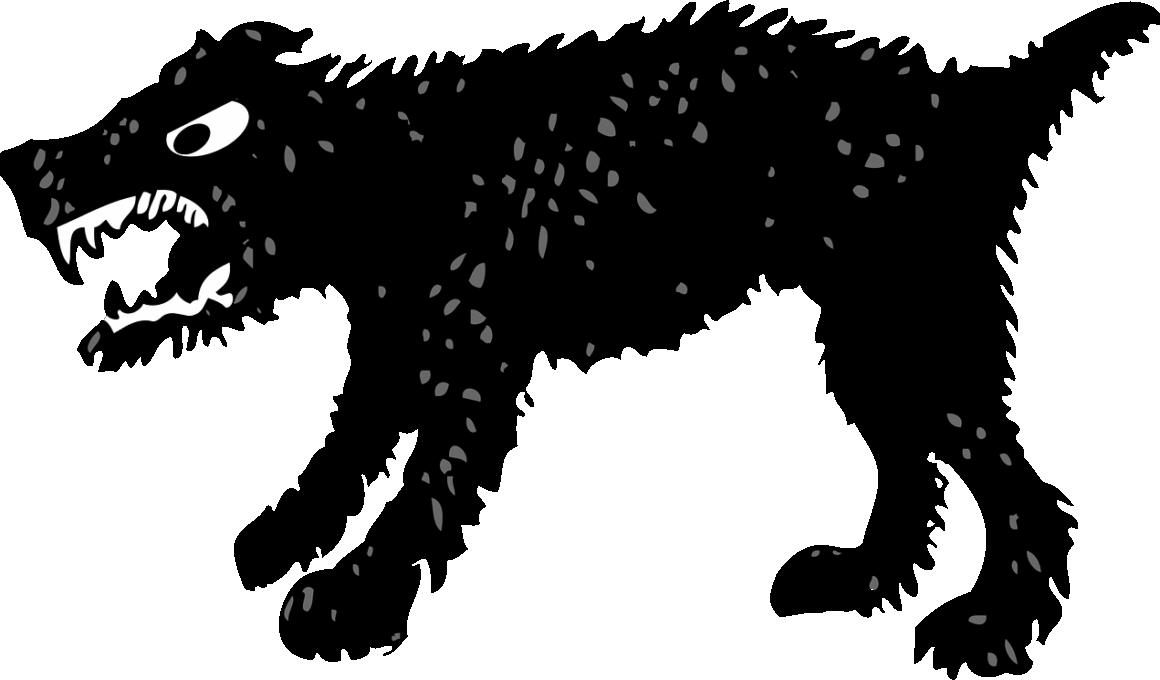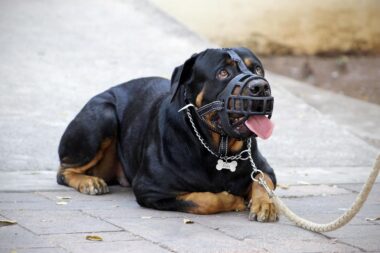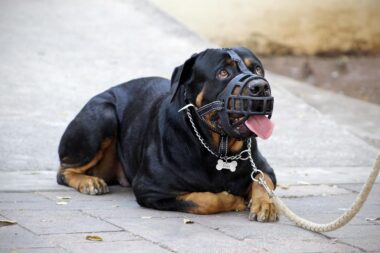How to Recognize Early Signs of Aggression in Dogs
Recognizing early signs of aggression in dogs is crucial for ensuring safety and well-being. Dog aggression can manifest for various reasons, including fear, territorial instincts, or pain. Observing your dog’s behavior closely can provide you with essential insights into their emotional state. One common indicator is body language. Pay attention to your dog’s posture; an aggressive dog may stand rigidly or lean forward, signaling that they feel threatened. Similarly, ears that are pinned back and a lowered head can indicate fear or anxiety, which might provoke aggressive behavior. Another aspect to be mindful of is vocalization. Dogs that growl, snarl, or bark in a deep, threatening manner could be signaling aggression. However, it is essential to differentiate between playful barking and serious vocalizations. Beyond body language and vocal cues, social interactions with other animals or people can provide vital clues. Aggressive behaviors can include lunging, snapping, or showing their teeth. Knowing these signs allows you to intervene early and seek professional help if needed.
Another important factor in recognizing aggression in dogs is their overall environment. Factors such as lack of socialization, being untrained, or experiencing trauma can increase the likelihood of aggressive behavior. If you observe your dog becoming aggressive in specific situations, try to analyze the surroundings. For instance, if a dog shows aggression towards strangers, it may be due to anxiety or fear of unfamiliarity. In contrast, aggression toward other dogs may be rooted in territorial instincts. By understanding the context, you can determine the underlying causes and work on correcting the behavior. A well-structured environment that includes positive reinforcement training can help decrease aggressive tendencies. Consistent training with commands fosters a secure atmosphere for your dog, reducing anxiety that may lead to aggression. When working with aggressive dogs, patience is key. Gradually expose your dog to various stimuli that previously triggered aggression. During this process, reward calm behavior, reinforcing positive interactions and social experiences. This approach not only helps mitigate aggression but also strengthens your bond with your dog.
Identifying Body Language and Reaction
Understanding your dog’s body language is essential for recognizing early aggression signs. Dogs communicate primarily through their body posture, facial expressions, and tail positions. For example, a dog with a stiff body, raised hackles, and a tail held high may be preparing to act aggressively. Conversely, a relaxed dog with a wagging tail shows openness and friendliness. It is important to remain vigilant to changes in your dog’s demeanor when interacting with other pets or people. Repeated exposure to certain triggers can increase anxiety and lead to aggression if not addressed. If you notice that your dog is becoming increasingly tense or reactive, it is crucial to intervene and assess the situation. Seek help from a professional dog trainer or behaviorist who specializes in aggression. They can offer tailored strategies to help alleviate these issues. Additionally, observing how your dog reacts to various situations can provide insight into the triggers causing aggression. Knowing these signs allows you to foster a safer interaction environment and implement targeted training methods for behavioral improvement.
Another significant aspect is socialization, which can dramatically effect your dog’s behavior regarding aggression. Early socialization within the first few months of a puppy’s life is vital for developing good temperamental stability. Introducing dogs to different environments, people, and other pets fosters a comfortable social outlook. Puppies who are well-socialized tend to be more comfortable in diverse situations, reducing the likelihood of aggressive behaviors as they mature. Adult dogs also benefit from positive socialization experiences. This can involve attending dog classes, joining playgroups, or even just going on regular walks where they meet new friends. Be sure to supervise these interactions to identify any early signs of discomfort or aggression. If your dog shows reluctance to interact with new individuals or pets, consider gradual introductions in a controlled setting. Gradually expose your dog to new experiences while using treats and praise for positive reinforcement. Consistency in training and offering ample social opportunities will not only curb aggressive tendencies but also ensure your dog develops a well-rounded personality.
Understanding Triggers for Aggressive Behavior
Understanding the specific triggers for aggressive behavior in dogs is vital for prevention. Common triggers include sudden movements, loud noises, or unfamiliar animals, which can cause anxiety. Dogs that are not accustomed to certain environments or situations may react aggressively as a defense mechanism. Start by identifying and documenting the scenarios that provoke aggression; this might include specific sounds, sights, or even certain types of people. Create a plan to desensitize your dog to these triggers over time. Begin this process slowly, ensuring that your dog is comfortable during each phase before advancing. For example, if your dog reacts aggressively to other dogs, you might introduce them to a calm and friendly dog at a distance, gradually closing the gap as both dogs grow more comfortable. At the same time, it’s essential to teach your dog alternative behaviors during triggering situations. Redirecting their attention through commands or positive reinforcement can help diminish aggressive responses. Successful management of triggers paves the way for a more harmonious relationship between your dog and its environment.
Intervening early is crucial when it comes to preventing dog aggression from escalating. If you observe any aggressive tendencies in your dog, it is highly recommended to seek professional help immediately. Ignoring these signs can lead to severe consequences not only for other pets and people but for your dog too. Consult with a veterinarian who can rule out any underlying medical issues that may contribute to aggression. In some cases, pain may be a significant factor leading to aggressive behavior. Dogs that are in distress due to injury or illness can present signs of aggression as a means of protection. Additionally, trainers or behaviorists can formulate tailored training programs designed to redirect aggression constructively. Engaging in obedience training, correcting through positive reinforcement, and learning advanced commands help enhance good behavior. Celebrate small victories to encourage your dog’s progress during this process. Furthermore, maintaining a calm demeanor while handling training sessions will impart calmness to your dog, facilitating better results. Education, consistency, and commitment are keys to encouraging non-aggressive behavior long-term.
Fostering a Safe and Positive Environment
Creating a safe and positive environment is essential for promoting non-aggressive behavior in dogs. Ensure your home is comfortable and secure to help alleviate any anxiety. Regular exercise is vital, as physical activity helps in reducing pent-up energy that can manifest as aggression. A well-exercised dog is usually calmer and more relaxed, improving their social behavior. Incorporating engaging activities like fetch or agility training also aids in mental stimulation, which reduces aggression levels. It is equally important to provide structure and routine to your dog’s day. A routine builds trust and reassurance in your pet, reducing anxiety and potential aggression triggers. Furthermore, socializing your dog responsibly with friendly animals or individuals enhances their comfort in various scenarios. Focus on positive interactions and rewarding good behavior to reinforce a friendly disposition. Regularly praising your dog when they react positively can establish a positive feedback loop. Lastly, always remain attentive to your dog’s needs. Understanding their boundaries, identity as a pet, and ensuring they feel safe in your presence fosters a strong bond that curtails aggression.
In conclusion, recognizing early signs of aggression in dogs is essential in promoting a harmonious relationship with your pet and those around you. By observing body language, vocalizations, and environmental triggers, owners can intervene promptly to address potential issues. Understanding the importance of socialization helps in nurturing well-adjusted dogs, while maintaining a safe and positive environment reduces anxiety, further diminishing aggressive tendencies. If you notice any signs of aggression in your dog, do not shy away from seeking professional help. Early intervention can dramatically change aggressive behavior and strengthen the bond between you and your dog. Successful strategies include proper training, routine exercises, and positive reinforcement methods that can dramatically enhance your dog’s temperament. Remember, education and understanding are critical in mitigating aggressive behaviors. When given the right tools, dogs can learn to respond positively instead of aggressively, resulting in a calmer, happier dog. Ultimately, responsible ownership promotes better outcomes for your dog through lifelong training and care. Fostering a safe environment lays the groundwork for security within your home. With awareness and prompt action, aggression can be managed effectively.





